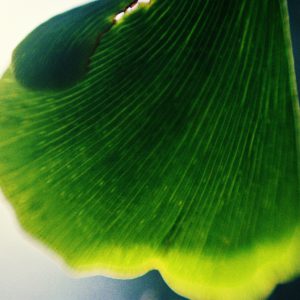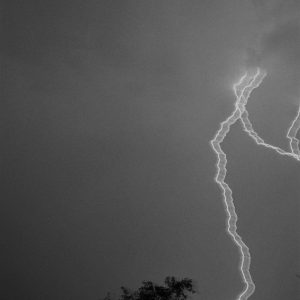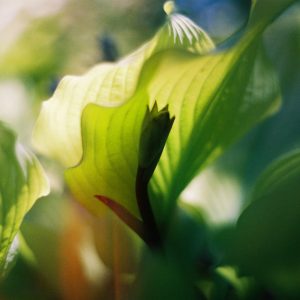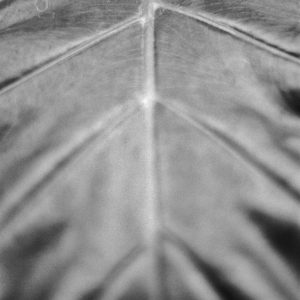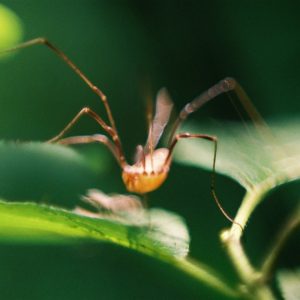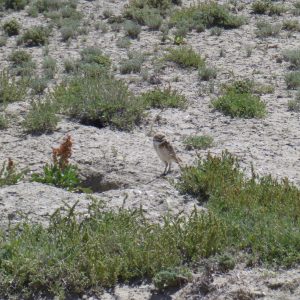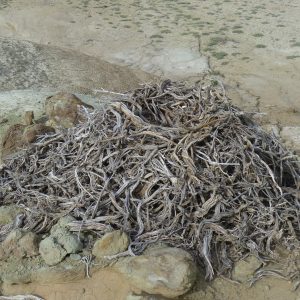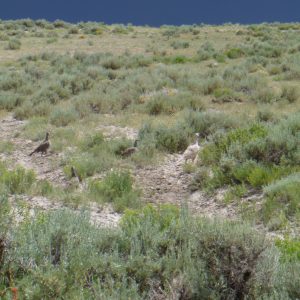With less than a month to go and a variety of enlightening experiences, it can still be hard to put the thoughts to ink, so…In lieu of the week long CLM training workshop for many interns, I participated in a grassland monitoring techniques workshop sponsored by the California Native Plants Society in Grass Valley, California. The class was taught by the charismatic John Willoughby, former BLM botanist for over 20 years. The workshop was helpful because he gave real-world monitoring research examples of success and failures from BLM, Fish and Wildlife, as well as, across the agency board. He continued emphasizing how critical establishing a practical and cheap monitoring technique would be to save headaches and still give valid results. Simple is often better! After John’s class, the most general but important take home message would be; most real world vegetative monitoring is qualitative, NOT quantitative. This is because many qualitative methods are extremely time and labor intensive, accounting for a sometimes a giant range of variables. When working for a federal agency, many vegetative related projects will involve installing an enclosure, sign or taking a pictures annually in order to monitor the overall status of the plant population.

Monitoring grazing allotments
The next endeavor was field work in the King Range Conservation Area conducting coastal grassland surveys, which I found fitting since I had just been to a monitoring techniques workshop. The goal of this project was to acquire baseline grasses population data before a controlled burn, using the releve plot method. Releves measure density for all vascular and non-vascular species within a 10mx10m plot and then estimating each species’ total percent coverage from a birds-eye view. Identifying and estimating percent coverage is a tricky task when some grasses are a mere 1 inch greenish stem with no inflorescence and little else to work with, however, keying a mystery grass is always an enjoyable challenge. While needless to say, this time consuming process is not without its benefits. Grazing allotments and surrounding grasslands alike have been heavily encroached in the last 30 years by Douglas-fir, eliminating grassland productivity by altering grasslands into forests, to the point where controlled burning needs to be re-established. This area had been burned in the past by native coastal tribes at times to increase grassland productivity. While the benefits of a burn are numerous, determining what plant species are present pre and post-burn could help future restoration efforts for establishing native perennial grasses.
For the following month after my grasslands monitoring, I have been working intensely with C.C.C. crews on removing a plethora of species of invasive plants on various BLM lands. I have spent many field days surveying for invasive plant populations in remote or inaccessible BLM land holdings, the latest being over 60 miles along the California Eel River. This trip took over four days, from East to West, with more wildlife sightings than human. This was a unique experience as the only access to these BLM holdings was; you guessed it, floating down the river! This was my first back country, white water rafting experience, with class 3 and some class 4 runs. I not only gained an immense amount of knowledge about the importance of planning for such an excursion, but also being able to go with the flow, I mean, we were on a river and all, so take in the scenery while you can.

The Eel River gave me a real opportunity to work with other BLM specialists outside of the botanical realm, an archeologist, forest ecologist, law enforcement and engineer, each with a different objective for exploring these newly seen lands. While surveying on this trip I was fortunate to see California’s third largest watershed in all its glory, including bobcat, deer, and bald eagles galore. The opal blue waters of the Eel have exposed me to a river with very few roads and therefore, very few noxious plants!
With this position, I continue to appreciate the beauty of our natural resources more each and every day. I imagine tomorrow will be no different.







